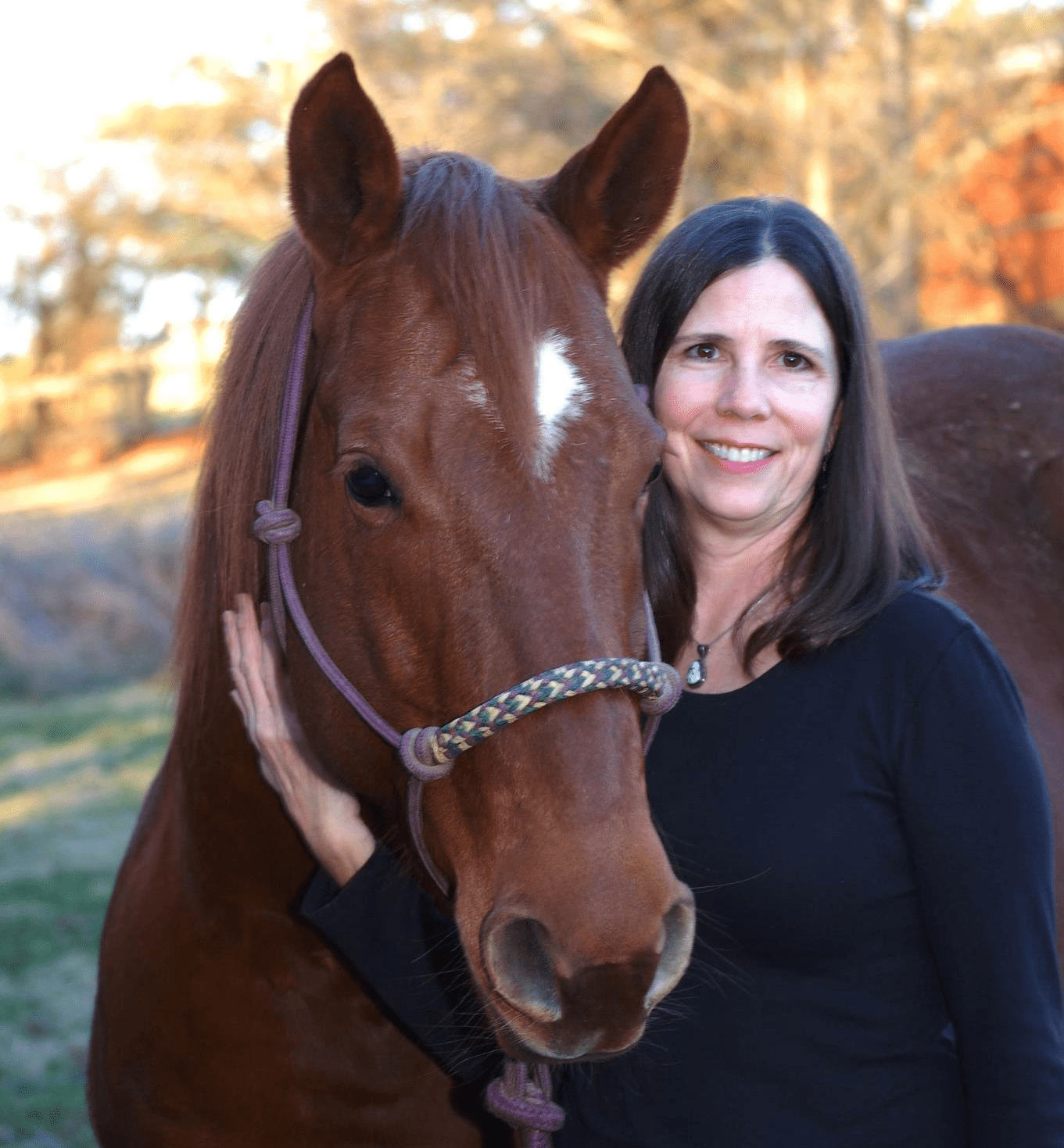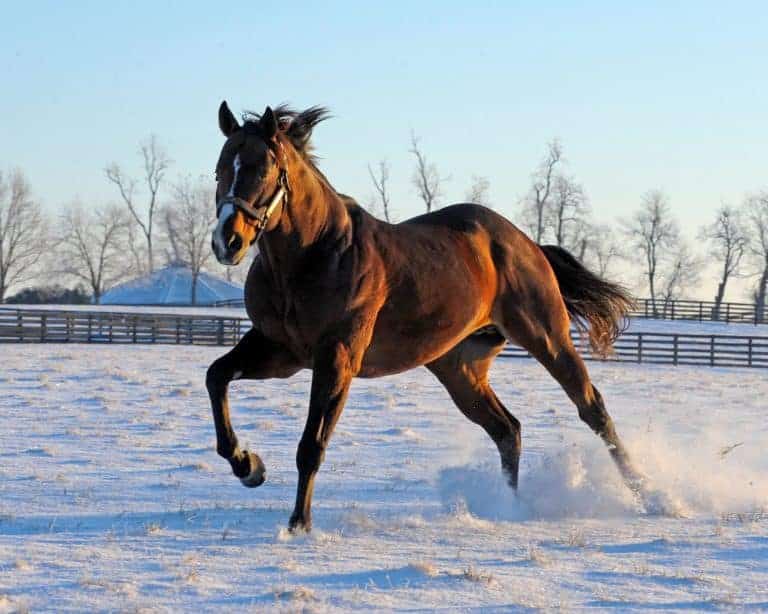Immunostimulant Therapy (AAEP 2004)
The mechanism of action of non-specific immunostimulation is induction of macrophages to produce proinflammatory cytokines that drive a T-1-based (helper cells) immune system response. Immunostimulation therapy may not be effective in patients with acute, fulminating (suddenly occurring) infections, because the immune response is (already) maximally stimulated by the pathogen.












